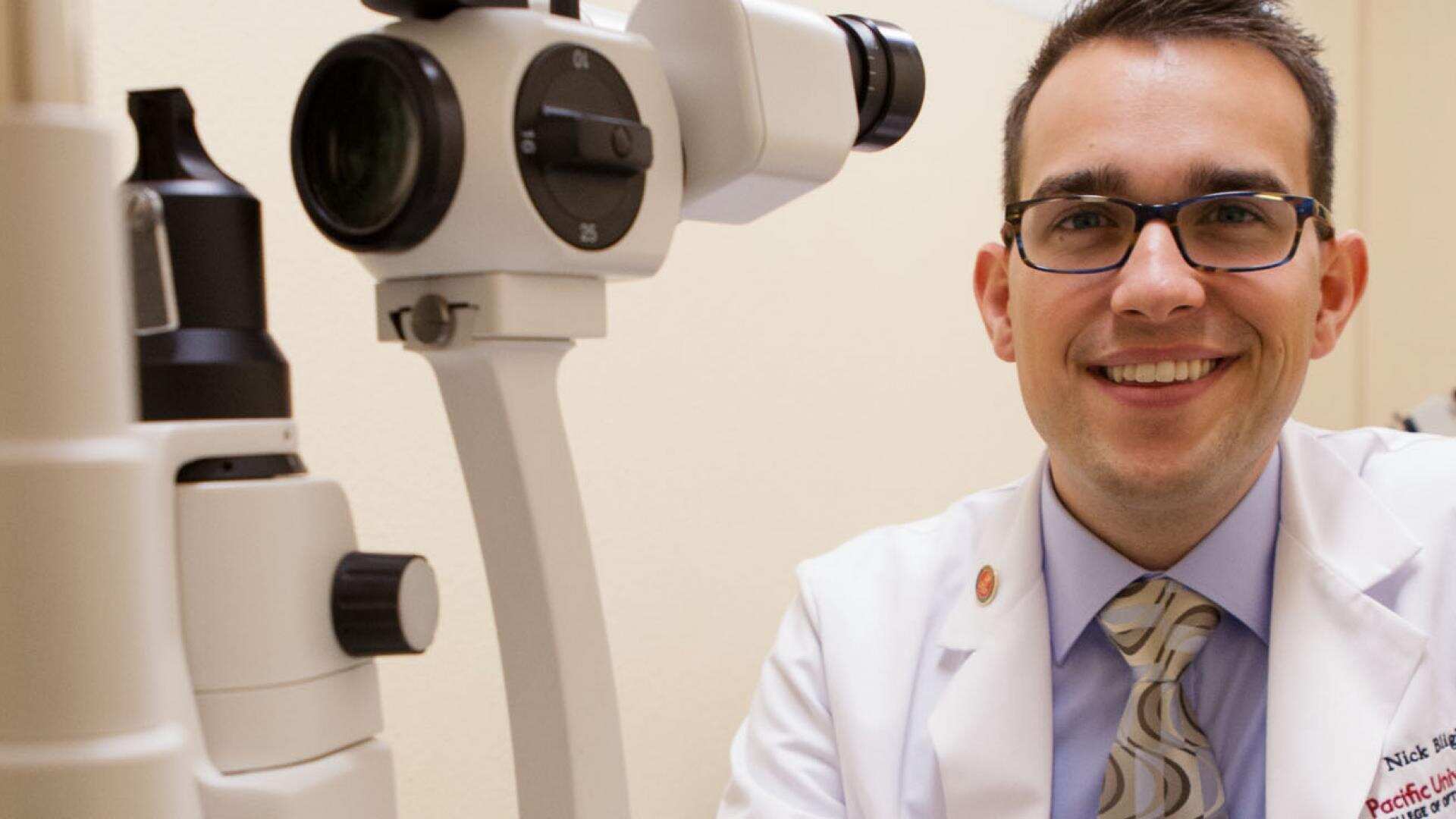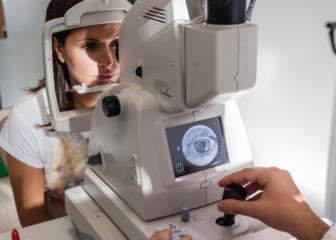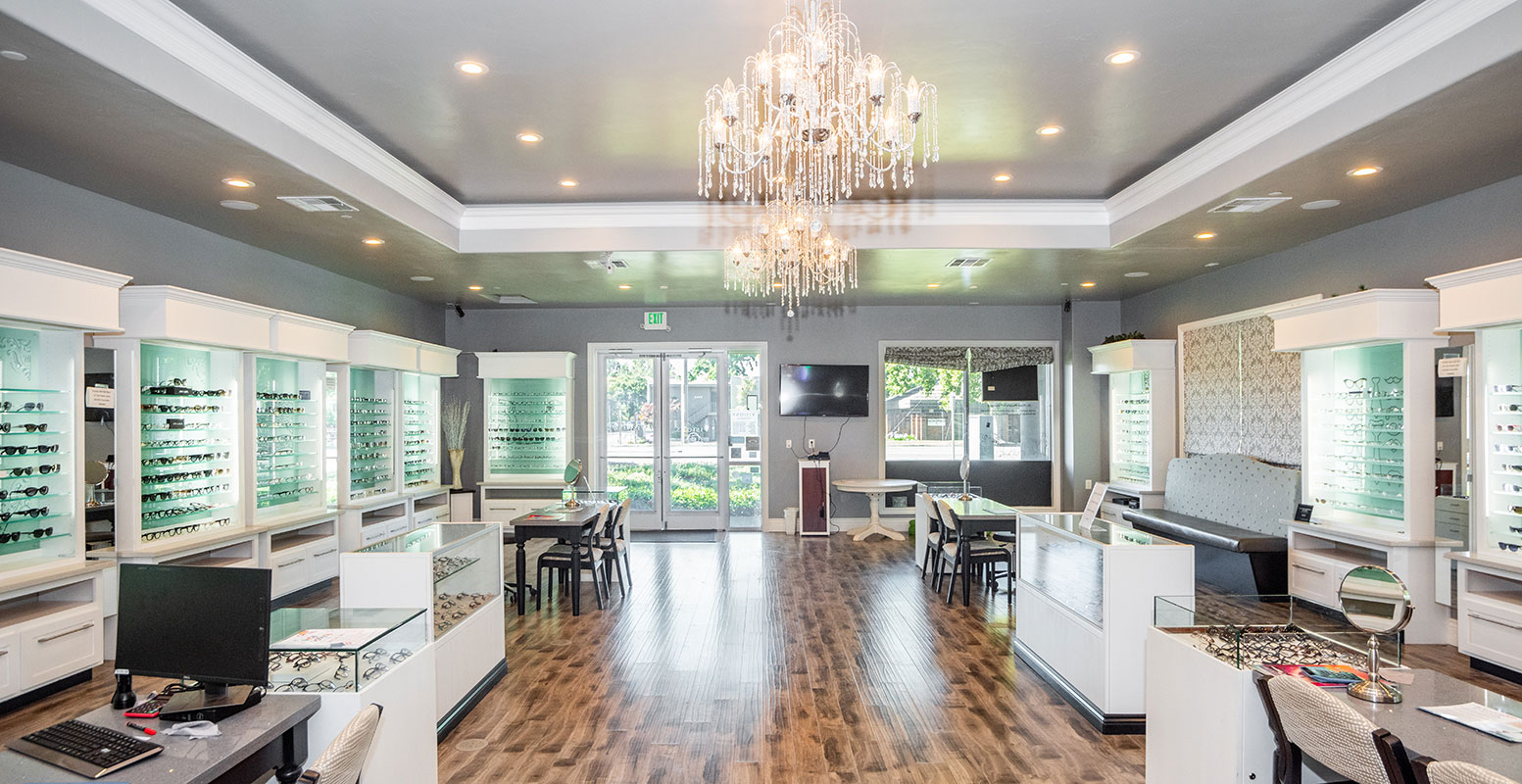Discover the most effective Optometrist Chino for Comprehensive Eye Care
Discover the most effective Optometrist Chino for Comprehensive Eye Care
Blog Article
Discovering the most up to date Technical Developments in Optometry and What They Mean for Optometrists
From the precision of Optical Coherence Tomography to the nuanced insights used by AI-driven diagnostic tools, these advancements are establishing new requirements in person evaluation and treatment. As these developments penetrate the technique, optometrists are faced with the challenge of welcoming these tools to enhance person outcomes.
Innovations in Diagnostic Devices
Advancing the area of optometry, advancements in analysis devices have transformed the way eye treatment experts examine and detect aesthetic disabilities and ocular conditions. The previous years has actually witnessed substantial technical innovations, enabling more extensive and precise analyses. Optical Comprehensibility Tomography (OCT), as an example, provides high-resolution cross-sectional photos of the retina, permitting for the very early detection of diseases such as glaucoma and age-related macular degeneration. This non-invasive imaging method has actually come to be essential in modern optometric technique.
One more trick advancement is the introduction of advanced corneal topography systems, which map the surface curvature of the cornea with precision. These devices are specifically valuable for fitting contact lenses and identifying corneal disorders. Electronic retinal imaging has transformed typical ophthalmoscopy, providing thorough, scenic sights of the retina that help with complete visual examinations.
The development of wavefront aberrometry has likewise been essential, enabling the analysis of refractive errors with unparalleled precision (Optometrist Chino). This technology helps in customizing rehabilitative lenses and boosting medical outcomes for refractive surgical procedures. Jointly, these analysis developments empower eye doctors to supply superior person care, making certain very early treatment and customized treatment strategies, ultimately improving visual wellness outcomes
AI in Individual Management
Structure on the structure of cutting-edge analysis devices, the unification of synthetic intelligence (AI) in individual administration represents a transformative jump for optometry. AI systems are progressively employed to boost effectiveness, accuracy, and personalization in person care. By analyzing huge quantities of data, AI can recognize patterns and predict prospective eye conditions, making it possible for eye doctors to customize interventions a lot more efficiently. This ability is crucial in handling persistent eye conditions such as glaucoma and diabetic person retinopathy, where early discovery and constant monitoring are key.
Furthermore, AI-driven platforms assist in structured patient interactions and management procedures. Automated organizing, digital consultations, and customized follow-up plans not only enhance person complete satisfaction but likewise enhance time management for specialists. These systems can triage patients based on the seriousness of their problems, making sure that those in essential need receive prompt interest.
Additionally, AI boosts decision-making by providing optometrists with evidence-based suggestions and treatment pathways. By integrating data from digital wellness documents, AI tools use understandings that educate clinical decisions, reducing the threat of errors and boosting person results. As AI proceeds to progress, its duty in person administration will likely increase, reshaping the landscape of optometric treatment.
Developments in Retinal Imaging
In the realm of optometry, retinal imaging has observed remarkable technological improvements that are improving diagnostic capacities and patient care. Technologies such as Optical Comprehensibility Tomography (OCT) and fundus digital photography have actually reinvented exactly how eye doctors assess the retina and picture. OCT, specifically, offers high-resolution, cross-sectional photos of the retina, enabling the thorough assessment of its layers. This capability is invaluable for very early detection and management of problems like glaucoma, diabetic retinopathy, and age-related macular degeneration.
Enhanced imaging modalities like OCT angiography are more refining analysis accuracy. This non-invasive check over here technique maps blood circulation in the retina, supplying essential insights right into vascular wellness without the need for dye injections. Furthermore, flexible optics technology is being integrated right into retinal imaging systems to correct eye aberrations, providing extraordinary picture clarity. Such improvements assist in the recognition of minute retinal modifications that could indicate disease progression.
Furthermore, improvements in artificial knowledge are augmenting retinal imaging by allowing computerized analysis of large datasets. These systems aid optometrists in recognizing patterns a sign of pathology, thereby improving diagnostic accuracy and performance. Jointly, these developments are transforming retinal imaging right into a keystone of modern eye care, boosting results and expanding therapeutic opportunities.
Teleoptometry's Expanding Function
Teleoptometry is increasingly ending up being an essential component of eye treatment, driven by advancements in digital interaction and analysis devices. This is especially valuable in underserved and country areas where accessibility to specialized eye treatment is usually limited.
The assimilation of fabricated intelligence (AI) further improves teleoptometry, enabling the analysis of visual data and helping in the detection of ocular conditions such as glaucoma and diabetic person retinopathy. AI-powered formulas can swiftly translate complicated imaging information, supplying optometrists with valuable understandings that reinforce clinical decision-making.
Moreover, teleoptometry supports continuity of care via smooth assimilation with electronic health and wellness records (EHRs), permitting optometrists to maintain extensive individual histories. When consulting with various specialists., this anonymous ensures that individuals obtain constant and individualized treatment also.
Despite these advantages, obstacles stay, including guaranteeing information protection and managing client expectations. Nonetheless, teleoptometry represents a substantial stride in the direction of more easily accessible, efficient, and patient-centered eye treatment. As technology develops, its duty is poised to expand further.

Future Patterns in Eye Care
A myriad of cutting-edge patterns is readied to reshape the future of eye treatment, driven by technical developments and the advancing needs of people. One substantial fad is the combination of artificial intelligence (AI) in diagnostics, which guarantees to enhance the precision and performance of eye examinations. AI algorithms can examine huge quantities of information from retinal photos, possibly finding conditions like diabetic retinopathy and glaucoma earlier than standard techniques.
In addition, personalized medication is gaining grip in optometry, with hereditary screening educating customized therapy plans. This technique intends to enhance individual original site results by customizing interventions to individual hereditary profiles. Wearable modern technology, such as clever call lenses, is likewise coming up, providing real-time tracking of intraocular stress or sugar degrees, hence supplying constant insights right into eye and systemic health and wellness.
The adoption of augmented reality (AR) and online reality (VR) in training and patient education is an additional emerging trend. These technologies provide immersive experiences that can improve understanding and abilities both for eye doctors and people. As these fads evolve, optometrists have to stay abreast of technological developments to supply innovative treatment, ensuring improved individual results and satisfaction in the vibrant landscape of eye treatment.
Conclusion

Jointly, these diagnostic innovations equip eye doctors to provide premium person treatment, ensuring early intervention and tailored therapy strategies, eventually boosting aesthetic health and wellness end results.

As these modern technologies proceed to advance, eye doctors have to adapt and include them into technique, eventually maximizing workflow performance and raising the requirement of eye care supplied to patients.
Report this page